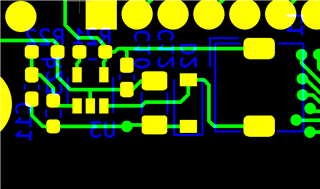Other Parts Discussed in Thread: DRV8860EVM, DRV8860,
I'm having stability troubles with my design for the LM2733XMF. I have been using the Power Stage Designer Tool to create bode plots for my design and analyze the stability. My issue is that I cannot find the values for the internal compensation circuit. The datasheet only shows a functional diagram which does not resemble any of the Power Stage Designer Tool compensation network types. Can anyone give me any guidance on this so I can use the Power Stage Designer Tool effectively with the LM2733XMF?



